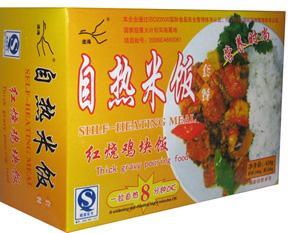 Kuppa is a huge East Asian tradition.
Kuppa is a huge East Asian tradition.
Decidedly more generous than a mere cuppa,
as common as pizza and paella,
enjoyed in Japan by way of Korea,
this versatile dish has so far
eluded detection by savvy foodistas.
If you like a hearty bowl of soup/stew, see for yourself. Try googling kuppa (クッパ). You will find virtually nothing in English, but numerous entries are written for クッパ, and the dish (料理) appears ahead of the Nintendo game character (ゲームキャラクター) Koopa, also written as クッパ.
It is sometimes called クッパスープ, "kuppa soup", and there are hundreds of recipes online. (クッパのレシピ, クッパの作り方, etc.). 국밥 sounds like "cook bop" ("cook Bob"?), and might explain gukbap's relative obscurity, as opposed to, say, bibimbop♪(비빔밥, ビビンパ, bibinpa, bibimbap).
The dish means "soup rice", so naturally rice is used in the stew instead of noodles. Beef (소머리국밥 and karubi kuppa, カルビクッパ) seems to be the meat of choice, but depending on regional origin, you may see pork (돼지국밥, デジクッパ) sausage (순대국밥, スンデクッパ) bean sprouts (콩나물국밥, 豆もやしクッパ) or tofu (두부국밥, 豆腐クッパ) featured as the main ingredient. Pictured right is a seaweed kuppa. (미역국밥, ワカメクッパ)
You may be able to order this dish at 焼肉 (yakiniku, "grilled meat", 불고기, bulgogi) BBQ restaurants, but your best bet, of course, is to find a restaurant that specializes in this dish. The broth is key.
 What is oyakodon (親子丼)? This donburi dish comes with chicken and eggs. A family assembled in a bowl.
What is oyakodon (親子丼)? This donburi dish comes with chicken and eggs. A family assembled in a bowl. Don't like parents or strangers? You want to go simply eggy? Then 卵丼 it is.
Don't like parents or strangers? You want to go simply eggy? Then 卵丼 it is.


